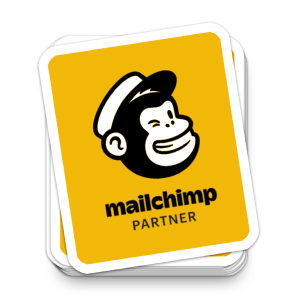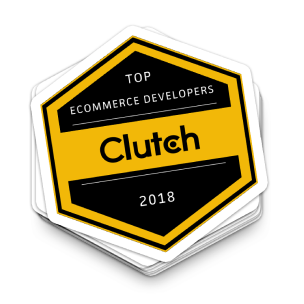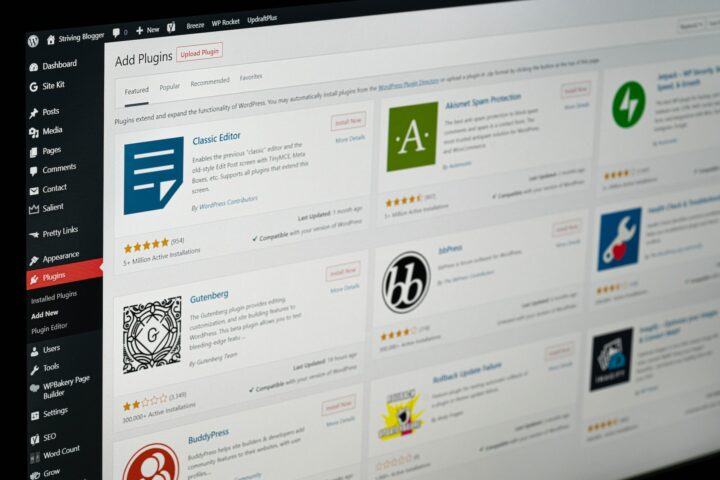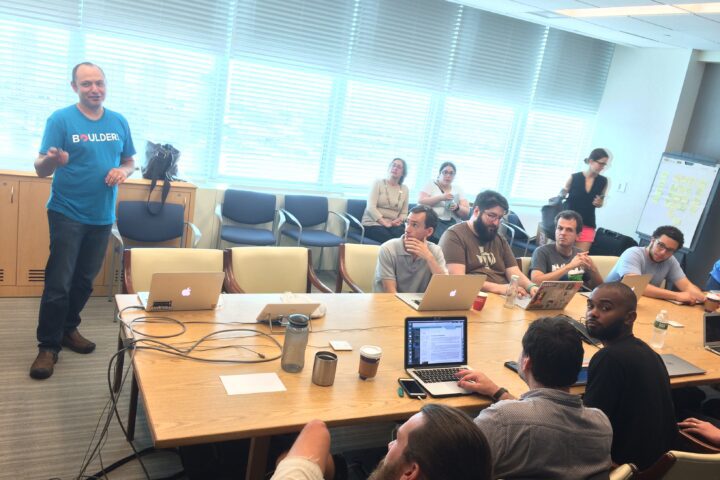Bitcoin made a grand entrance into 2017. with market value highly over 1,000$ per BTC. Last time it’s value was so high, was late 2013.- when the People’s Bank of China approved BTC as a new way of payment. A lot has changed in 3 years. Bitcoin gained wider use on the global scene and all the major companies like Microsoft, WordPress or Steam have integrated BTC as a method of payment. Inevitably, most visible changes have occurred in the sector of e-commerce where the business owners had to adapt to the newly established trend.
Industry secrets. Sans the fluff

WordCamp Basel 2025 re-cap: Looking for wiener schnitzels in a sea of noodles
WordCamp Europe 2025 in Basel showcased WordPress at its most mature and strategic. The event brought together 1,723 professionals from 84 countries for essential discussions on accessibility implementation, sustainable development practices, and enterprise-grade solutions. WCEU proved that WordPress now powers critical business operations across industries, supported by a community balancing innovation with practical implementation.
You are reading: Woocommerce
Business intelligence (BI) tools went mainstream in 2016. Those modern helpers are now capable to visualize all of your eCommerce data and users are starting to take this for granted. If you look at it closely, this “is” a sure sign of BI belonging to the commodity area.
Seems like WooCommerce releases and new functions got into a higher gear – newly merged development team is reaping the benefits of its parent company – Automattic. Let’s see what’s in store for their new release 2.7 which is scheduled to be out of Beta in February 2017.
Neuralab has joined an exclusive club - Silver WooExperts! Only 17 business worldwide are pride owners of the silver badge. And it’s not for your average Joe. You have to be an ESSE. No, not the gangbanger! You need to have Experience, Savvy, Skill, and Expertise. ESSE.
JavaScript is a wanted language. On the TIOBE ranking, it balances at the very top, and if you explore the depths of the web, it hides in the NodeJS corner where it talks unrelated to NoSQL databases. And Google embraced it like a skinny kid and developed it into a buffed AngularJS guy. Most importantly, front-end developers appreciate it, both as a de facto "web programming language", but also as a taskrunner assistant name Gulp & Grunt ...
You've probably seen it before... Team of developers working on WooCommerce implementation, crunching late-night hours with thousands of lines of code (and complicated talks with designers). They think about all of the complex payment systems and 3rd party integrations, only to forget about one simple little detail - EMAILS.
Product variations are a keystone of every online purchase! They give the power of choice and cost to the end-user but also they give power to shop owners to fully customize their product portfolio and buying experience. Variations are all around us so let’s take a look how to make the most of it on a Woocommerce platform.
We just got back from the second Croatian WordCamp held in the beautiful city of Split. Needless to say that the sea, the sun and the beach only amplified the whole event experience... And a great experience it was!
Big traffic is coming to your website, but you are struggling with sales? This article will show you 7 ways to increase your eCommerce conversion rate.
WooCommerce and SalesForce are bound to be together. Both players made a significant market dent, each in their own cosmos - WooCommerce at 37% market share, and Salesforce, around 20% market share in the summer of 2016...
The sheer volume of WordPress REST API articles, lectures and even specialized conferences (!) could easily blow you away, looking like a cutthroat new technology, standing side-by-side to web applications that can run only on the newest version of Chrome...
When you look at the map, Vienna seems like a logical choice for WordCamp Europe 2016. It firmly sits at the European center of gravity, symbolically connecting east with west and fusing romanesque / baroque architecture with (modern) smart city design. As we will see later, these “old VS new” concepts were inevitable talking points during this year’s happening.















